Four Steps for Depolarizing with Mass Messaging: The Power of Commonality, Uniqueness, Elevation, and Togetherness

We’re on a Hill, They’re in a Valley: The Four Steps that Happen When Animosity Grows Toward the Other Political Party

Survey: Where the Left and Right Agree/Disagree on Media Bias

When Two Parties Aren’t Enough For Some People
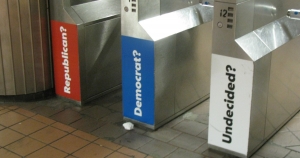
Putting a “Lid” On Our Demands of the American Public: Let’s Focus on “Lower-Intensity Depolarization” (LID) Strategies

Current Depolarization Activities Ask People to Work Too Hard, are Unlikely to Reach Enough Americans

Braver Angels Podcast: Depolarizing the Media

Union: A Democrat, A Republican, and a Search for Common Ground

Arriving at the Grand Divide | Jonathan Haidt, John Wood Jr. and April Lawson
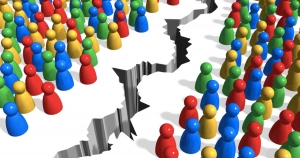
Black Lives
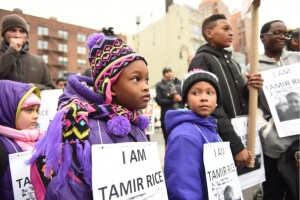
Boos Toward a Republican at a Mindfulness Conference — Good Humor or Hateful?
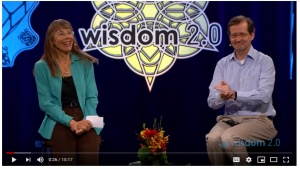
Political Diversity and the Wisdom of Boos

Political Polarization Is No Longer Just Red v Blue: It’s About Memetic Tribes

Study: Political Views May Lead to Hiring Discrimination

Teaching Children to Resolve Conflict: Q&A with "Two Tribes "Author Tyler Storlie
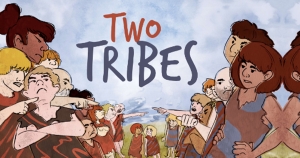
Beyond Depolarization: What Our Movement is Becoming
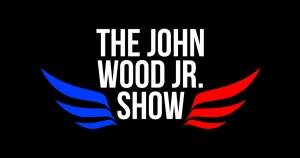
Podcast: The Effects of Political Polarization on Our Culture
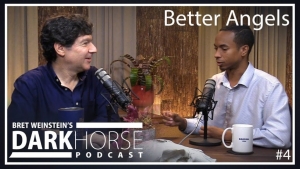
Ellen DeGeneres Moves America Beyond Harmful Polarization

Pop-Culture and Polarization: with Chloe Valdary

The War on Empathy


